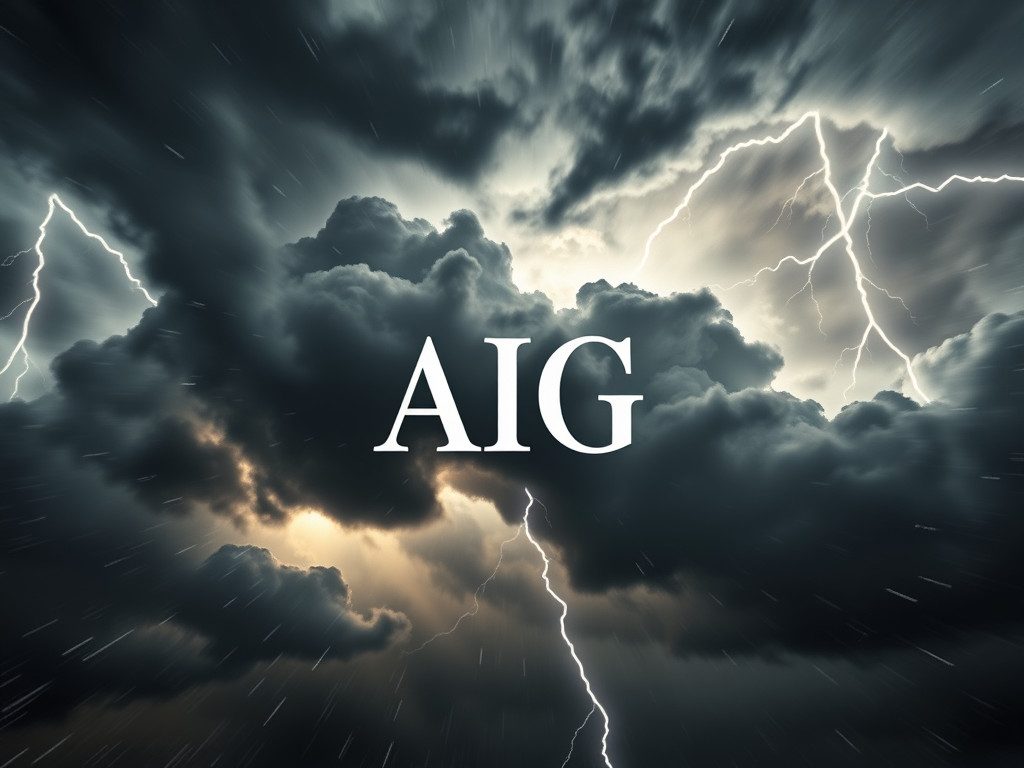Barings Bank – The Rogue Trader Who Toppled a Giant

The Risk Manager’s Diary – Day 02
Today in my world of risk, let’s talk about: A rogue trader who brought down a 200-year-old bank.
This morning, I overheard a trader joking: “If you want to hide your mistakes, just bury them in a big enough account.” My blood went cold. Because once, not too long ago, a man did exactly that — and he sank a 233-year-old bank. Let me tell you about Nick Leeson and the fall of Barings.
The Illusion of a Star Trader
Nick Leeson wasn’t supposed to be a superstar. He was a back-office clerk at Barings Bank — the Queen’s bank, the bank of aristocrats, the oldest merchant bank in the UK. But Barings moved him to Singapore, running operations on the Singapore International Monetary Exchange (SIMEX)1. There, Leeson traded futures — contracts tied to movements in stock indices and interest rates.
He made money. A lot of money. Reports showed millions in profits. London praised him. He became the golden boy. Bonuses rolled in. Newspapers fawned over him. And nobody asked too many questions.
The Secret Account: 88888
But profits were a mirage. Leeson had opened an error account — number 888882 — supposedly for correcting small trading mistakes. Instead, he used it as a black hole. Losses disappeared into 88888 while profits went to Barings’ books.
The more he lost, the more he gambled. He doubled down, betting on risky positions to win it back. At one point, he was effectively betting the bank’s entire capital on Japanese stock futures.
The Kobe Earthquake — The Spark
On January 17, 1995, the Kobe earthquake3 devastated Japan. Markets plunged. Leeson’s massive bets turned catastrophic overnight. Losses ballooned into the hundreds of millions.
He tried to cover it up, placing even riskier bets. But the hole was too deep. By February, Barings owed over £800 million — twice its available capital. The oldest bank in Britain was insolvent.
The Collapse of a Legacy
On February 26, 1995, Barings Bank collapsed. In a single weekend, regulators scrambled, investors panicked, and a Dutch bank, ING, bought Barings for £1. The Queen’s bank, which had survived wars and centuries, was gone — brought down not by markets, but by one man’s unchecked hubris and a bank’s failure to manage operational risk4.
The Lessons Etched in Blood
Whenever I look at my own traders, I remember Barings. The lesson? Never let one person control both the front office and the back office. Never let profits blind you to risk. And never underestimate how far desperation can drive a person.
Leeson didn’t just lose money. He exposed a flaw in the system: the absence of checks, the silence of oversight, the arrogance of believing one bank was too grand to fail. Barings teaches us that no institution is bigger than its risks.
Closing Diary Note
When I think of Barings, I don’t see market volatility or bad luck — I see missing controls, unchecked authority, and a culture blinded by short-term profits. Nick Leeson didn’t bring down Barings alone; weak oversight and failed processes handed him the matches. This was a textbook case of operational risk — losses born not from markets, but from within. And it remains the cautionary tale for every risk manager who thinks “it can’t happen here.”
Footnotes
1. SIMEX (Singapore International Monetary Exchange) — a derivatives exchange where futures and options are traded.
2. Account 88888 — a hidden account Leeson used to conceal losses while showing profits elsewhere.
3. Kobe earthquake — a 1995 disaster in Japan that triggered massive losses in Leeson’s positions.
4. Operational risk — losses due to failed internal processes, human error, or misconduct.
Tracked terms: Barings, SIMEX, Account 88888, Kobe earthquake, operational risk, rogue trader.



